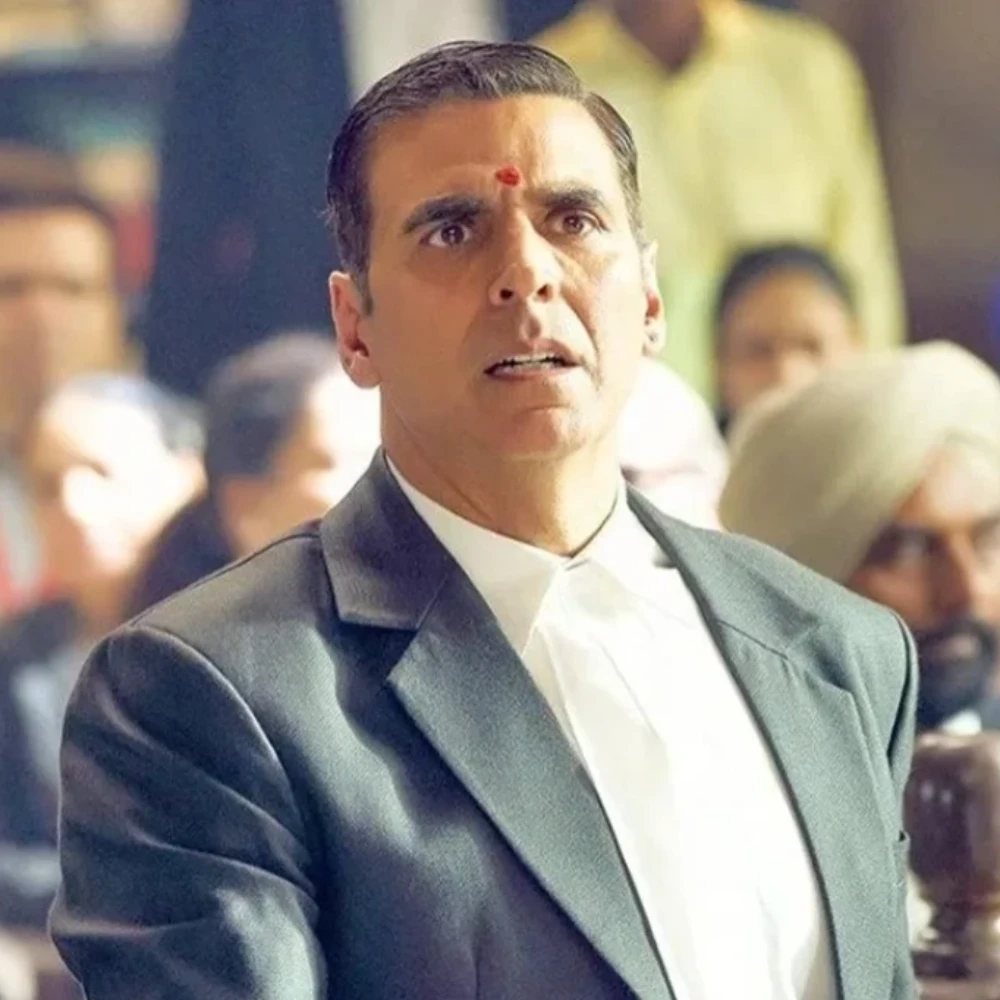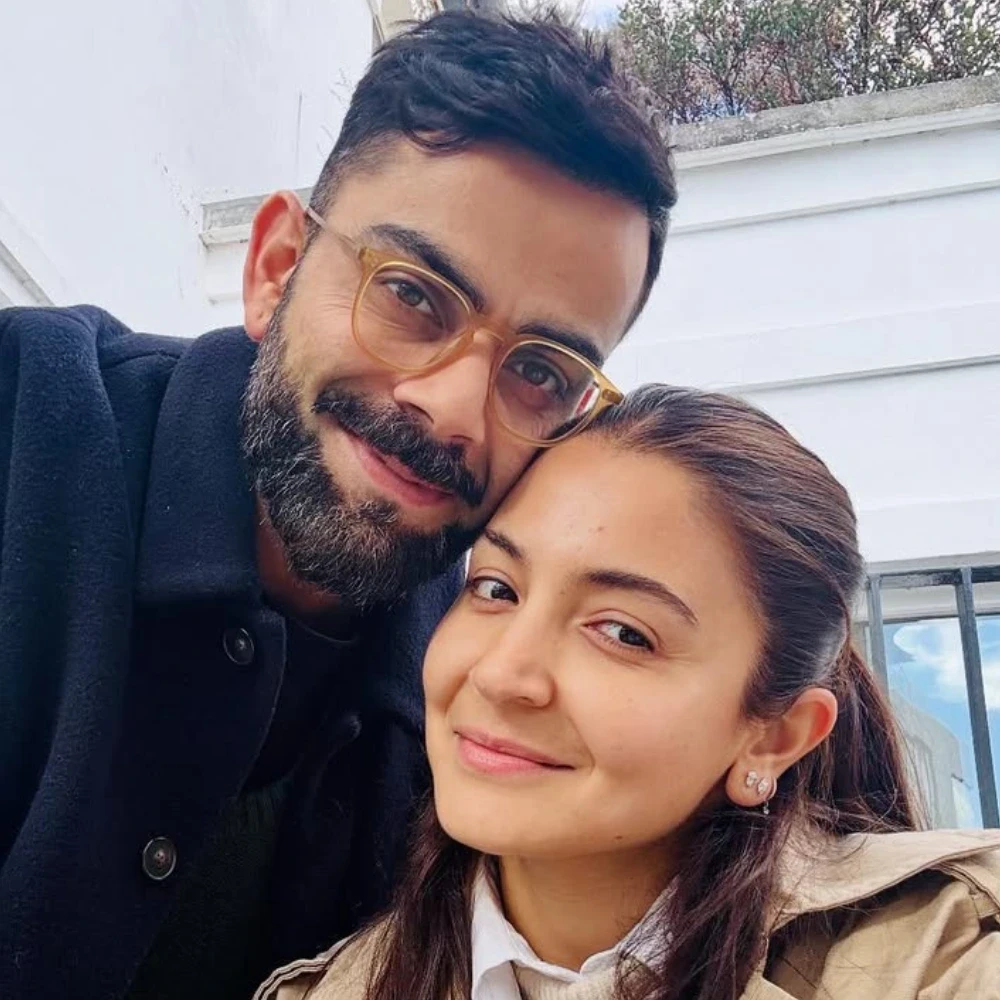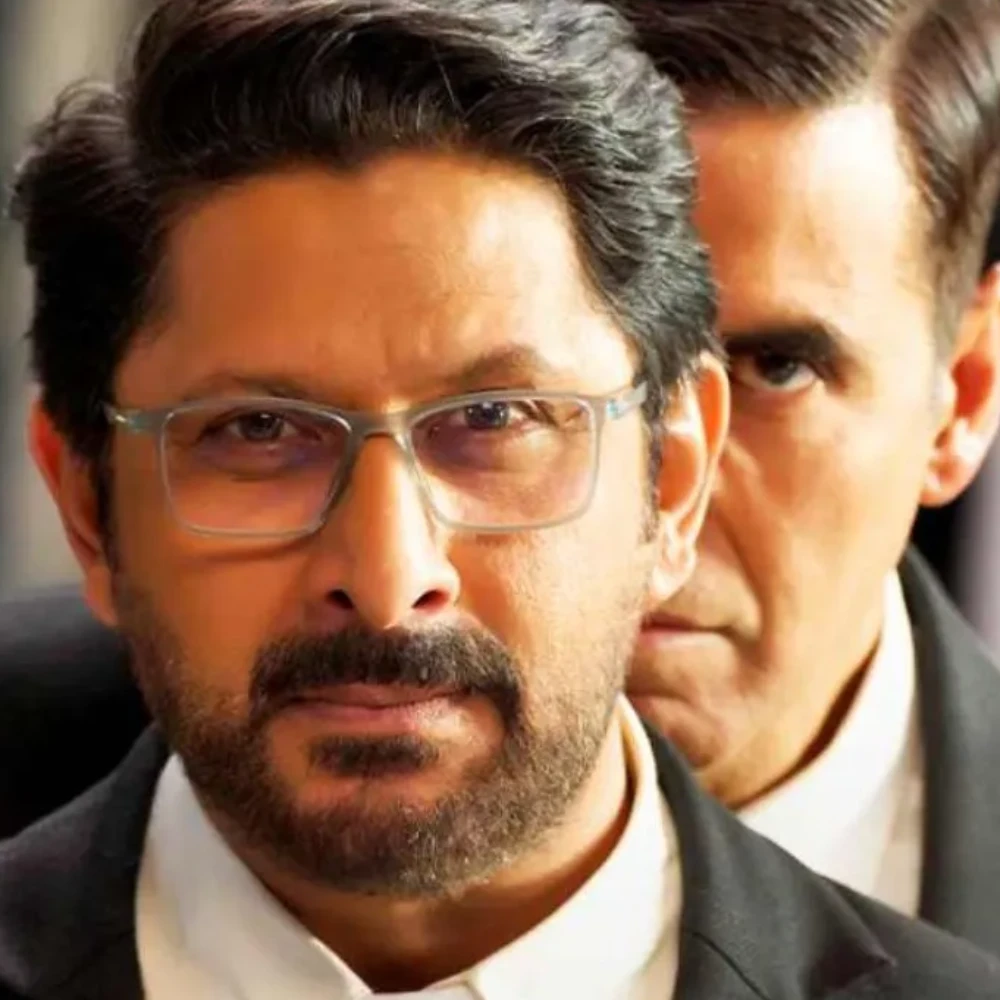Box Office: Aamir Khan and Netflix Co-CEO Ted Sarandos share conflicting takes on theatrical and streaming; Whose argument makes more sense?
Understanding and analyzing the differing perspectives of Aamir Khan and Netflix CEO Ted Sarandos from the lens of an Indian exhibitor.

At the recently concluded Waves Summit, celebrated Indian actor and filmmaker Aamir Khan made an impassioned case for preserving the sanctity of the theatrical experience. Khan expressed strong reservations against shrinking theatrical windows and voiced his discomfort with subscription video-on-demand (SVOD) platforms. In his view, streaming platforms are diminishing the value of films by offering them as part of a subscription bundle, essentially making them feel like “free” content to audiences. This, he argued, erodes the perceived worth of cinema and severely impacts theatrical attendance. For Khan, the theatrical medium remains sacrosanct, and he is committed to seeing his films enjoyed in that environment.
On the other end of the spectrum, Netflix co-CEO Ted Sarandos, speaking at the Times 100 Summit, made it clear that the streaming giant views the future of cinema firmly inside the home. He labeled movie theatres as outdated relics of the past, arguing that home is now the preferred space for watching films. In fact, among all major streaming platforms, Netflix is unique in positioning movie theatres as direct competition rather than potential allies.
Both viewpoints occupy the extreme ends of the current debate around the future of film consumption. While Aamir Khan champions the preservation of theatres and opposes streaming-first models, Sarandos sees streaming as the singular path forward, with no place for traditional theatres. Yet, the reality of the global film business suggests that the truth likely lies somewhere in between these extremes.
In fact, many major players in both Hollywood and India have already embraced a centrist approach. Companies like Apple and Amazon have publicly committed to the theatrical experience, creating films specifically for theatres before bringing them to their OTT platforms. Traditional studios such as Disney, Warner Bros., and Universal continue to prioritize theatrical releases, while also operating their own streaming services to capitalize on the long tail of content consumption. In India, most film producers maintain a 4 to 8-week theatrical window and, in some cases, own streaming platforms themselves, such as JioCinema and ZEE5.
This centrist strategy acknowledges the evolving preferences of audiences while preserving the economic and cultural value that theatres bring to the industry. It recognizes that streaming and theatres are not mutually exclusive but complementary.
Netflix’s approach, however, remains a notable outlier. Originally founded as a DVD rental service, Netflix pioneered the subscription model and later pivoted to streaming, relying heavily on content licensed from various networks and studios. Today, with the majority of that content reclaimed by studios for their own platforms, Netflix’s library is dominated by original and commissioned productions. Its annual content investments now rival or exceed those of the world’s largest studios. By all accounts, Netflix has transformed itself into a global content powerhouse.
Yet, despite this transformation, Netflix continues to eschew traditional theatrical releases for most of its films, leaving billions of dollars on the table annually across global markets. The theatrical audience represents a different experience—a communal, immersive, and emotionally heightened event that simply cannot be replicated at home. The adrenaline rush of watching a film in a packed auditorium, the social buzz, the instant feedback, and the dopamine-driven excitement are irreplaceable. Investors might well question why Netflix, with its studio-like scale and ambitions, avoids this lucrative and culturally significant revenue stream.
Conversely, while Aamir Khan’s defense of theatres is understandable, his reluctance to embrace streaming, particularly SVOD, risks alienating a vast segment of audiences who prefer home viewing. It is neither practical nor desirable to dictate where people should watch films. The majority of global audiences now prefer consuming content at home, a trend accelerated by the pandemic but rooted in the accessibility and convenience of streaming. From mobile phones to smart TVs, the sheer number of screens available at home dwarfs the global count of cinema screens.
Yet, theatres continue to punch above their weight in terms of cultural impact. They are the launchpads for films that go on to become iconic. Box office receipts still serve as a tangible and universally understood measure of a film’s success, giving films a level of credibility that streaming metrics often lack. Moreover, theatres help build cinematic brands that later drive viewership on streaming platforms, creating a symbiotic relationship between the two modes of consumption.
The debate around windowing further illustrates this point. Warner Bros. famously disrupted the traditional release model by debuting “Wonder Woman 1984” simultaneously in theatres and on HBO Max. Despite the pandemic and severe winter conditions, the film grossed $16 million on its opening weekend. Other titles like “Godzilla vs. Kong” followed a similar path. However, Warner Bros. eventually returned to traditional windowing, acknowledging that the most effective way to monetize a film remains the classic staggered approach—first in theatres, followed by premium VOD, then SVOD, and finally satellite. This sequence serves both the film’s financial potential and audience preferences, allowing the widest possible reach while maximizing revenue across each stage.
In conclusion, the future of cinema is not an either-or proposition. It is a collaborative effort where theatres and streaming services coexist, each serving different audience needs and contributing uniquely to a film’s lifecycle. A centrist approach that values both mediums, leverages the strengths of each, and respects audience choice, will continue to deliver the best outcomes for filmmakers, studios, and viewers alike.
ALSO READ: Box Office: The Conjuring: Last Rites records a drop on Wednesday, nears Rs 65 crore mark in India





 JOIN OUR WHATSAPP CHANNEL
JOIN OUR WHATSAPP CHANNEL






































































